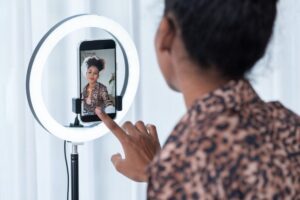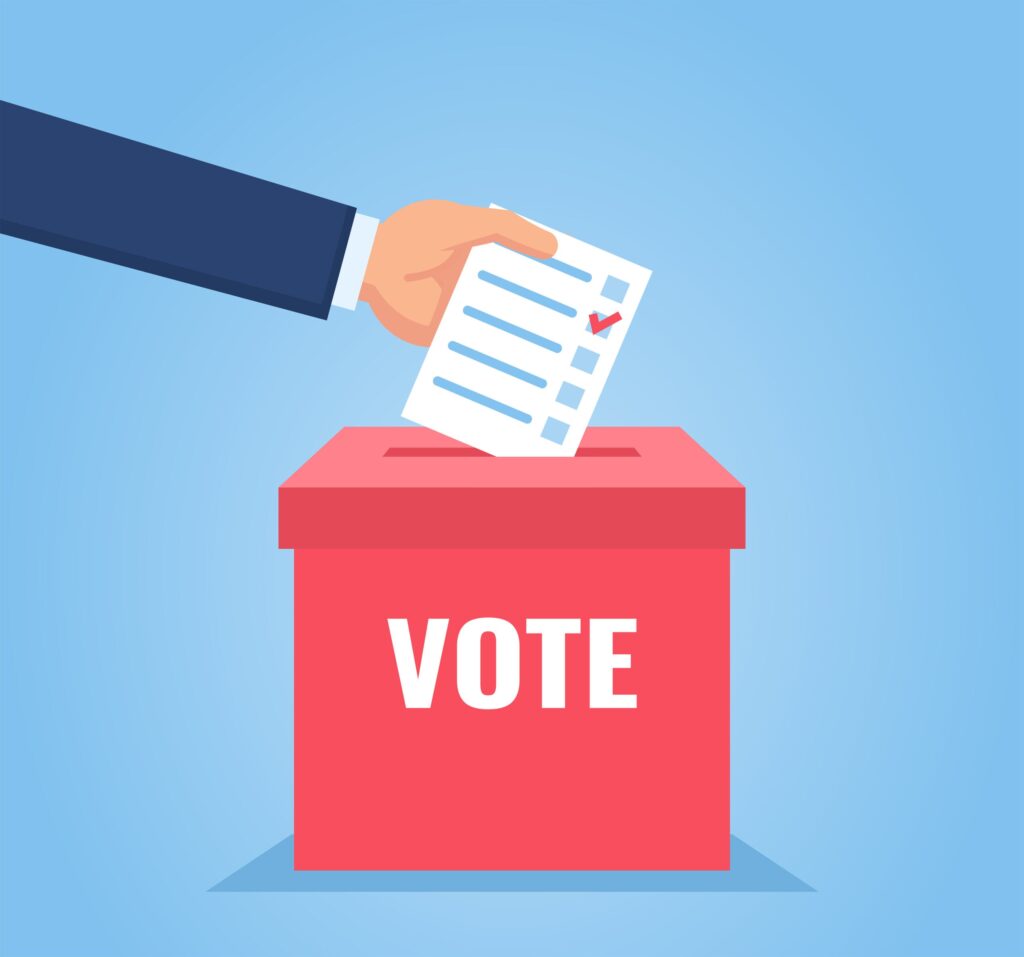 A blistering report published this summer, “The Economic Cost of Bad Actors on the Internet: Fake Influencer Marketing in 2019,” quantified the monetary effects of influencer fraud at a cool $1.3 billion. And it could get worse. The report, which used statistical analysis from economist and professor Roberto Cavazos at the University of Baltimore, predicts that it will rise to $1.5 billion in 2020 if the fraud is left unchecked.
A blistering report published this summer, “The Economic Cost of Bad Actors on the Internet: Fake Influencer Marketing in 2019,” quantified the monetary effects of influencer fraud at a cool $1.3 billion. And it could get worse. The report, which used statistical analysis from economist and professor Roberto Cavazos at the University of Baltimore, predicts that it will rise to $1.5 billion in 2020 if the fraud is left unchecked.
So, in an effort to bring the industry together to report on this issue and build awareness and dialogue around solving it, third-party verification company Sylo held a one-day “Influencer Fraudnomics Summit” in New York City on Sept. 17. Here’s what brand executives from Unilever and Southwest Airlines had to say about the state of the industry and how they’re proactively combatting influencer fraud from within their organizations.
1. There’s no silver bullet solution—only progress.
Since the 2018 Cannes Lions International Festival of Creativity, Unilever has been a vocal advocate of combatting influencer fraud. The company’s CMO at the time, Keith Weed, surprised the marketers in attendance by declaring that the company and its brands, which include Dove, Suave and Ben & Jerry’s, would no longer work with influencers who buy followers. He added that Unilever was committed to help eradicate fraudulent activity and increase transparency in influencer marketing. A bit more than a year later, Unilever’s director, pr and digital engagement, Casey DePalma McCartney was present at the summit to discuss the progress the company had made in a year.
Progress is the key term, here. “We’ve all realized there isn’t one solution that’s going to give us the absolute assurance that we’re completely free of fraud within the work that we’re doing,” she says. “So, what we’ve actually adopted is a three-tiered system.” Unilever works with external partners to help to verify influencers, employs internal processes within its own data and analytics teams to vet them internally, and uses an ongoing verification process that happens during the campaign itself.
Other articles you might enjoy:
- Influencer Marketing 3.0
- 7 Digital Marketing Trends to Consider for 2020
- The Key to Influencer Marketing Success
2. Put pressure on social platforms.
Brand marketers should be putting pressure on social platforms to help them combat influencer fraud. “Everyone’s working with the same limited data sources,” McCartney says. “The grit of the issue is working with social platforms, getting with Facebook, Instagram, Twitter, YouTube, and having conversations to say why this is important,” She believes the pressure is working. “YouTube is offering measurement that can actually look at organic lift and search and awareness and consideration of programs. That’s a huge step forward.”
Given that brands are the ones allocating money to these platforms, they must fight to ensure the influencer marketing industry legitimate, says Brie Strickland, associate manager, influencer marketing and performance media for Southwest Airlines. “I think there’s the onus on brands to push back on social platforms, push back on tools and technology, because, truly, brands and advertisers have the power of the purse,” she says.
3. Establish relationships with talent.
Companies should establish strong relationships with the people they’re working with as a way to vet influencers more thoroughly, based on long-term experience. “It started out in really transactional place with social influencers a few years ago,” McCartney says. “As we understand more and the space matures more, brands are becoming more savvy–and we’re working with them to help them develop those relationships.”
4. Put your brand filter on it.
The north star for your work with influencers should be your brand’s identity. Southwest Airlines’ influencer marketing strategy employs tools and technology to vet influencers for bots and engagement, but Strickland isn’t satisfied with stopping there. “I think what’s important for brands is to do a step beyond that,” Strickland says. “We put them through our own brand filter to make sure we’re working with influencers and content creators that really align with the brand’s purpose.”
5. Invest in technology to vet influencers.
“If you’re going to play in the influencer space, if you’re going to be able to sell this to senior leadership or just middle management, you’re going to have invest in technology and software,” Strickland says. She recommends going even a step further and using your brand’s in-house technology to re-vet and confirm everything that a third party is reporting. “While we trust our agencies, I use our in-house technology to re-vet and verify everything that they’re saying. I think something that’s interesting is the inconsistencies I’ve been seeing, tool to tool.”
5. Advocate for standardization of measurement.
Marketing executives agreed that standardization of measurement across the industry, obtained through unbiased, accurate third-party reporting, is the only way to establish transparency. “It is absolutely critical,” says McCartney. “If influencer marketing is going to continue to grow and be a valid media outlet and media channel, we absolutely need to have verification as part of the space embedded within. And I think this is something we also really push for the social platforms as well. They have to get on board.”






